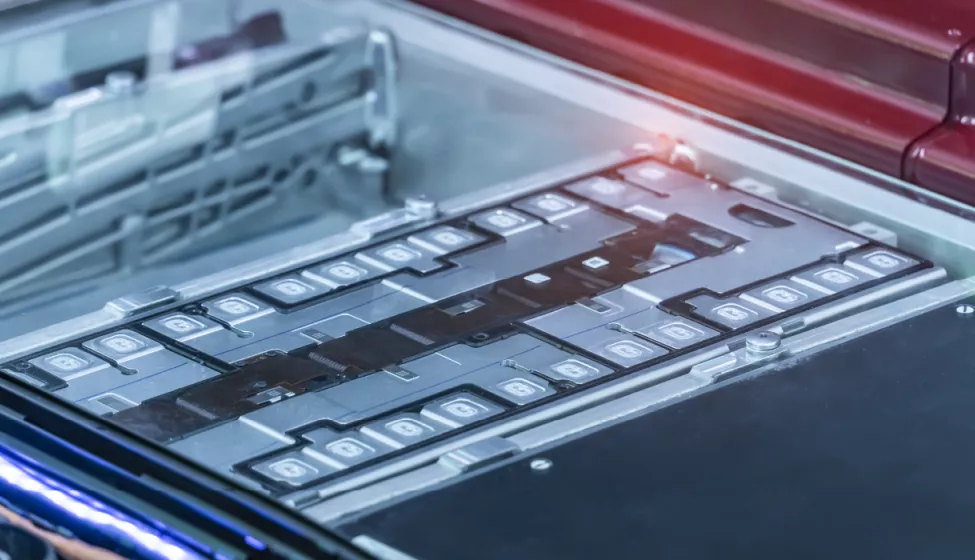December 20, 2018
Lithium-ion batteries power 90% of the mobile phones, tablets, scooters, electric bicycles, and other portable products consumers use today. Continued growth in lithium-ion battery demand has pressured existing battery manufacturers to expand production lines and driven the establishment of new manufacturers whose facilities exhibit varying degrees of quality.
Whereas the U.S., Korea, Japan, Germany, Switzerland, and France are each home to a small number of lithium-ion battery manufacturers, over 1,000 facilities have emerged throughout China. An OEM may select a battery manufacturer in China because of its ability to produce customized, non-standard lithium-ion cells in relatively low volumes. While this is a reasonable and sometimes necessary strategy, the selection of a high-quality lithium-ion battery manufacturer is the single most important factor in minimizing the risk of catastrophic battery failures that could result in gas and smoke production and the possibility of fires and burn injuries.
It is critical that an OEM does not select a battery cell only based on manufacturer-provided cycling curves or specifications or on performance tests conducted on a small number of manufacturer-provided samples. A hands-on audit of a battery manufacturer can enable an OEM to better assess and optimize battery safety and performance, especially at lower volume custom production or when ramping up production in higher volumes.
An OEM can evaluate several important criteria during a lithium-ion battery manufacturer audit. It is ideal for an audit to occur during production of the relevant product so investigators can directly examine the manufacturing process. If production has not yet begun, an OEM should observe production that is consistent with the equipment that would be used on its own product.
Some important areas that should be included in a manufacturing evaluation include ensuring equipment is operating as designed; checking the quality of cutting, forming, and assembly operations; and investigating the appropriateness and efficacy of quality control checks throughout the manufacturing process. Control of metallic particulate generation and effective removal of particulates at key manufacturing steps are also important aspects to check for when looking for high-quality cell manufacturing partners.
Thorough audits should examine all areas that could affect quality from incoming quality control (IQC) through outgoing quality control (OQC). For example, the alignment between the positive and negative electrodes in the lithium-ion cell is crucial to its safe operation. IEEE 1725 and IEEE 1625 require at least a 100-micron overlap between the negative electrode and the edge of the positive electrode. Top-tier manufacturers will conduct a 100% x-ray check to ensure this alignment is under control. Lack of an x-ray can be a red flag to auditors.
Audits can also verify that a factory has obtained fundamental quality management certifications from an independent organization. While most lithium-ion battery manufacturers will have an ISO 9001 certification, this standard alone may not be sufficient to ensure quality. For example, the largest lithium-ion battery recall in history involved battery cells produced by a globally well-known cell manufacturer most consider to be among the best in the world, and certainly ISO9001 certified.
In addition, we are aware of audits at factories where the individual who developed the quality management system also wrote the quality manual and stamped the certification document. It is important for OEMs to ensure that quality certifications have been approved by an independent party. To assist with this, the CTIA, a trade organization that represents the U.S. wireless communications industry, has developed a standard that requires onsite third-party auditors to conduct specific quality audits of lithium-ion manufacturers based on IEEE 1725 and IEEE 1625. This includes requirements for airborne particulate monitoring, checks for burrs during cutting operations, and more.
Regular factory audits can help lithium-ion battery manufacturers make important and often timely improvements in quality and safety. For example, we recently partnered with an OEM to conduct an audit of its battery supplier. After implementing a recommended corrective process, the factory reduced its OCV failure rate — or the rate at which the cells fail the self-discharge test — by 50%. In the following months, the OCV failure rate fell by another 30%. These data illustrate the timely improvement in quality and production, and ultimately cell safety and longevity, that can be realized because of a factory audit.
It is important to note that the frequency at which an OEM should visit a supplier factory depends on the level of battery customization required and the data obtained at the preliminary visit. In general, the more highly customized a solution, the greater the number of site visits required. If an experienced auditor visits a factory and confirms that the examined production lines are both relevant to its product (a common pitfall, as many factories will show their best equipment even if it is unrelated to the equipment used for a customer's product) and performing satisfactorily, an annual audit may be sufficient moving forward. If an OEM identifies many important required improvements, audits may need to occur every sixty or ninety days to drive corrective action. This is particularly important when partnering on a customized solution for a low-volume production run or when ramp-ups in production volumes occur, as both variables can increase the risk of quality gaps.
How Exponent Can Help
Exponent's multidisciplinary team can support lithium-ion battery audits by examining actual production quality, identifying manufacturing defects that can cause both benign and catastrophic failures in the field, and helping OEMs build strategies to minimize the risk of future battery failures and improve their customers' experience.
